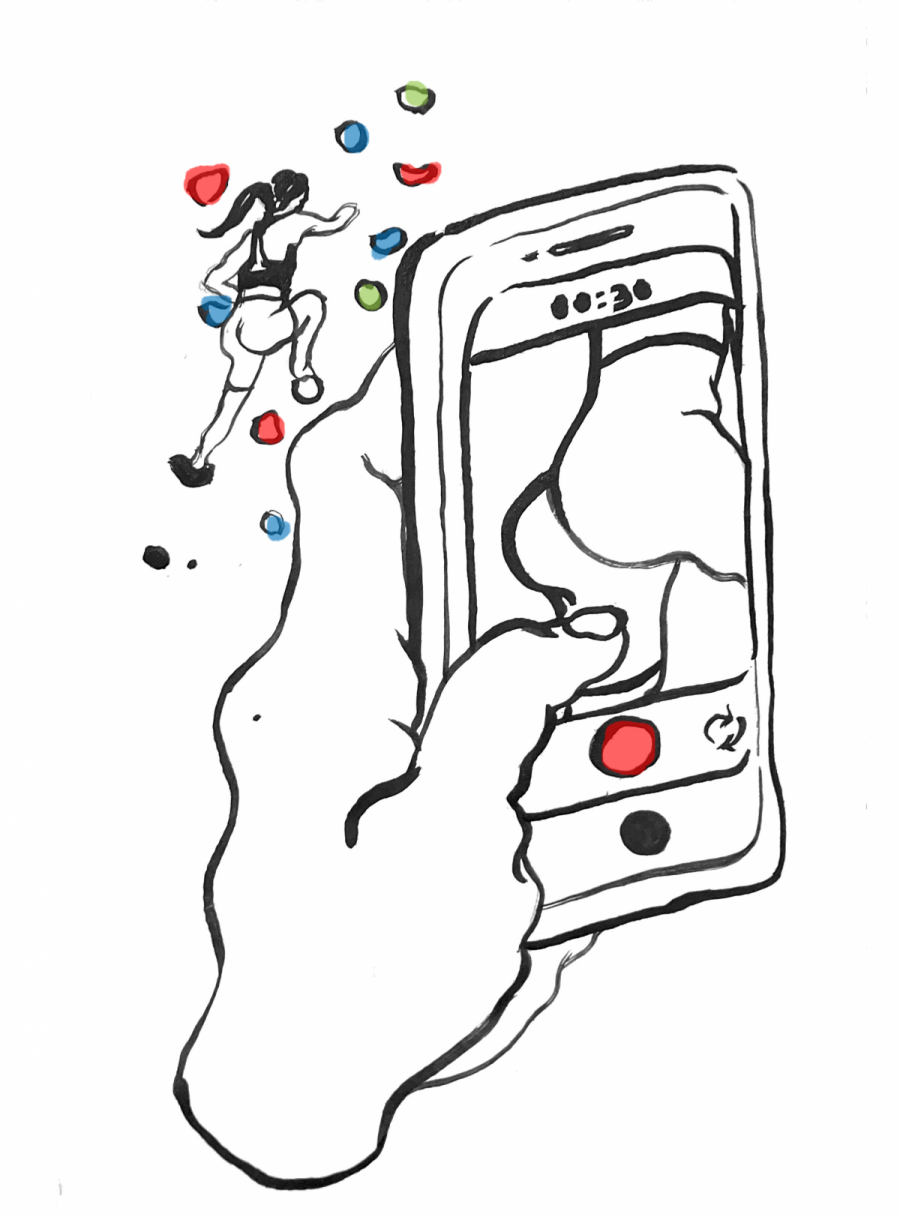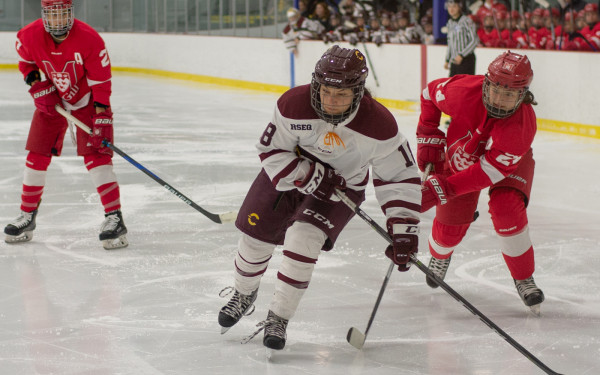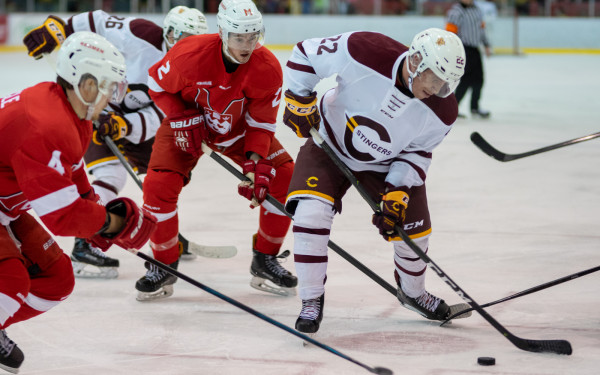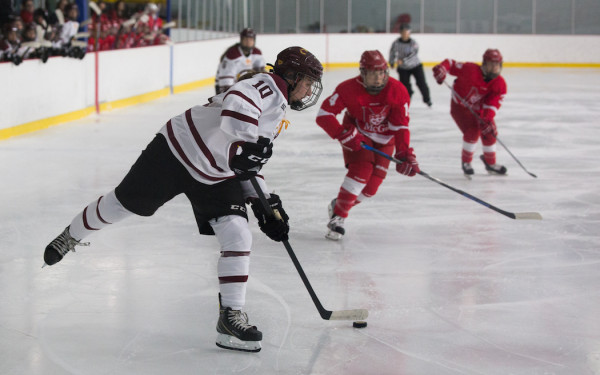Shut Up and Dribble: The Hypersexualization of Women in Sports
How the Male Gaze Undermines the Achievements of Female Athletes
Professional track athlete Tara Davis won the women’s long jump event at the 114th Millrose Games in January 2022. How was she congratulated for it? With a viral thirst trap TikTok that repeats the way she landed and stood up in slow motion over a sensual song.
The comments section is full of sexual remarks and men saying she “knows what she is doing”—that her intention was to appeal to men. Davis dedicated her life to that moment, and yet men believe that she was putting her mental energy towards looking sexy on the landing of her winning jump.
This example is far from unique and, as I see it, represents a larger trend in the historical advertising and reception of women’s sports. In a world of media created by and for men, women’s sports needed a selling point. Men’s sports already fulfilled the fantasy of hyper-masculinity so women’s sports had to sell something else, and of course it landed on sex.
Though the characters and storyline are fictionalized, this history is represented in the 2022 series A League of Their Own, a reimagining of the 1992 film by the same name. The series follows the creation of a women’s professional baseball league during the Second World War as the MLB talent dwindled due to the draft.
The league, in both the series and real life, had strict regulations for the athletes that determined how they were allowed to dress and act. The rules forbade pants, short hair, drinking and smoking, and required lipstick, to ensure they had more sex appeal. The athletes were also required to attend a charm school to learn ladylike conduct and beauty routines.
Even the uniforms they played in were short dresses. If men wanted to watch sports, they’d watch men play. To market a women’s sports league, they had to market the women themselves. It didn’t matter how well the women could pitch or hit if they didn’t look pretty doing it.
This idea that female athletes are performing for men is still present today, as shown with the response to Davis’ long jump. A similar issue arose in 2016 when Olympic gymnast Simone Biles posted a photo on Instagram of herself and fellow gymnasts Aly Raisman and Madison Kocian in bikinis at the beach. The internet was flooded with both support and hate, with one viral response saying “y’all find this attractive? lmaaoo.”
This kind of reaction not only bashes the looks of the gymnasts, but devalues their bodies to mere objects of attraction rather than the cause and result of incredible athletic achievement. This is even more devastating when you consider the fact that this happened during the trial of former USA women’s gymnastics team doctor Larry Nassar, who was found guilty for sexually abusing all three athletes.
Ranging from debates on uniforms to sketchy camerawork, women's sports are undoubtedly riddled with misogyny. They all stem from the same unfair assumption that a woman performing any kind of physical expression is her putting her body up for discussion–submitting herself to the discourse.
Women’s sports leagues are a microcosm of the treatment of women in modern society. The devaluation and sexualization of female athletes begins within the leagues themselves and is reflected back by viewers. This creates an environment that allows sexual harassment, assault and abuse to happen far too often, and wrongly justifies unequal pay for female athletes. The deeply rooted patriarchal fear of women taking on traditionally masculine roles has stained women’s sports from their very beginnings, and the athletes should not be left to scrub that stain out on their own.
This article originally appeared in Volume 43, Issue 9, published January 10, 2023.


_600_832_s.png)

4_600_375_90_s_c1.jpg)


